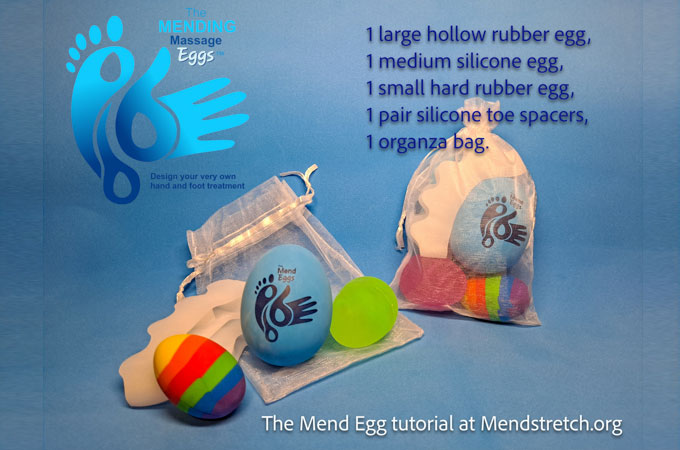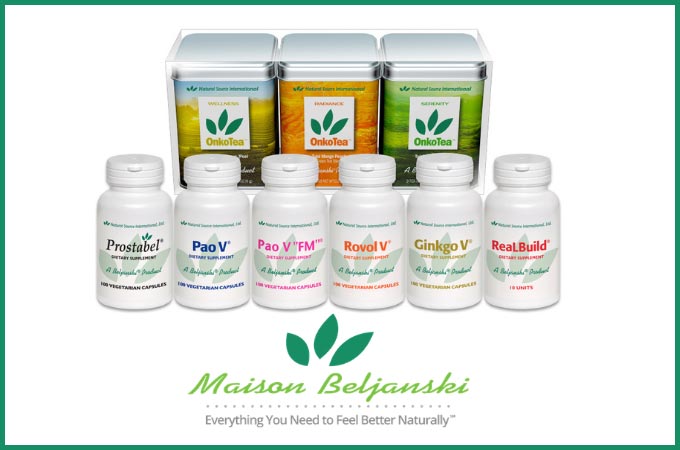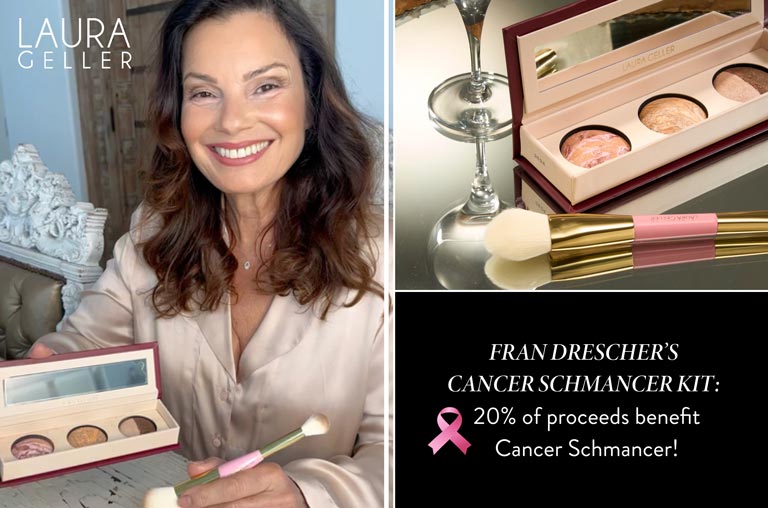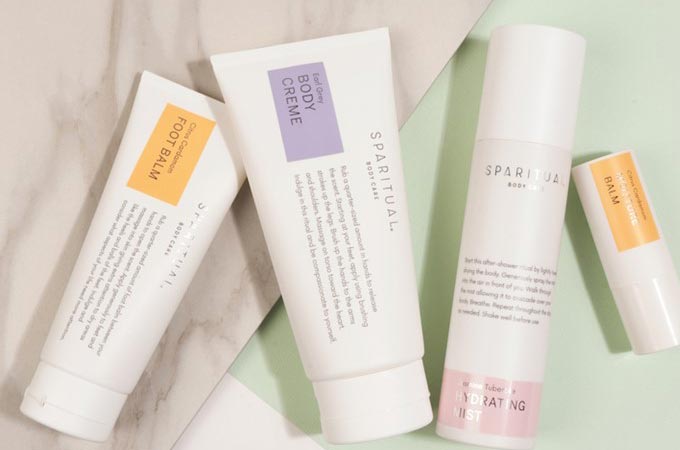The Toxic Twelve Chemicals & Contaminants in Cosmetics
Chemicals and contaminants linked to cancer can be found in food, water and many other everyday products. However, no category of consumer products is subject to less government oversight than cosmetics and other personal care products. Although many of the chemicals and contaminants in cosmetics and personal care products likely pose little risk, exposure to some has been linked to serious health problems, including cancer.
Since 2009, 595 cosmetics manufacturers have reported using 88 chemicals, in more than 73,000 products, that have been linked to cancer, birth defects or reproductive harm.[1]
Many of these chemicals should be banned from cosmetics, as proposed in California Assembly Bill 2762, the Toxic-Free Cosmetics Act. Among the toxic chemicals[2] that should be banned are:
- Formaldehyde, a known carcinogen.
- Paraformaldehyde, a type of formaldehyde.
- Methylene glycol, a type of formaldehyde.
- Quaternium 15, which releases formaldehyde.
- Mercury, which can damage the kidneys and nervous system.
- Dibutyl and diethylhexyl phthalates, which disrupt hormones and damage the reproductive system.
- Isobutyl and isopropyl parabens, which disrupt hormones and harm the reproductive system.
- The long-chain per- and polyfluoroalkyl substances known as PFAS, which have been linked to cancer.
- M- and o-phenylenediamine, used in hair dyes, which irritate and sensitize the skin, damage DNA and can cause cancer.
All of these toxic chemicals have been banned by the European Union and many other nations, and many have been slated for removal from the store brands of major U.S. retailers, including Target, Rite Aid, Walgreens and CVS Health.[3] For example, as of the end of 2019, CVS Health prohibits the use of formaldehyde, many chemicals that release formaldehyde, many parabens, dibutyl phthalate and diethylhexyl phthalate. Some of these are already banned from products sold in Whole Foods.[4]

























